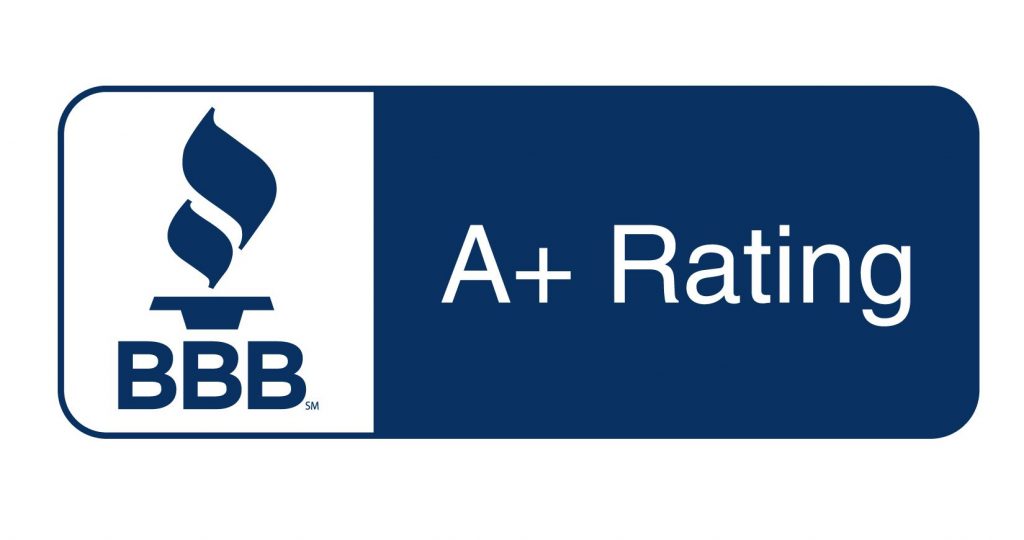Medicare General Enrollment Period – The Medicare program is riddled with enrollment periods. It’s a lot to keep track of, but it’s imperative that you mark your calendars for some important dates throughout the year.
Medicare’s General Enrollment Period (GEP) occurs every year from January 1 through March 31. Recent changes to this enrollment period have allowed beneficiaries to get coverage sooner than in years past.
What You Can Do During Medicare’s GEP
The GEP is designed for Medicare beneficiaries who have not yet enrolled in Original Medicare (Parts A and B). Most people enroll in Medicare when they turn 65 or when they retire and lose their coverage under an employer-sponsored plan, whichever is later. However, some people forget to enroll during those times. In that case, they’ll utilize the General Enrollment Period.
Many people don’t realize that you can’t enroll in Medicare whenever you want. If you didn’t enroll when you turned 65 and didn’t qualify for a Special Enrollment Period (SEP), you must wait until the GEP. Prior to 2023, if you enrolled in Medicare during the GEP, you had to wait until July for your coverage to begin. Fortunately, the BENES Act was passed in 2022. This allows coverage to begin on the first day of the following month after enrollment. For example, if you enroll in Medicare on February 2, your coverage will begin on March 1.
Once you finish applying for Parts A and B, you’ll receive your Medicare ID card. With that, you’ll be able to apply for additional coverage. You should consider adding either a Medicare Supplement plan or a Medicare Advantage plan. You should also be sure you have prescription drug coverage, otherwise known as Medicare Part D. Just like your Original Medicare effective date, these plans will go into effect on the first day of the following month.
If you already have Parts A and B, you cannot choose to add Part D during the GEP. You will need to wait until the Medicare Annual Enrollment Period (AEP) to apply for a prescription plan. The same is true of adding a Medicare Advantage plan. However, you might be able to add a Medicare Supplement plan if you are healthy enough to pass medical underwriting. (Underwriting requirements vary by state.)

Medicare Late Enrollment Penalties
If you find yourself enrolling in Medicare during the General Enrollment Period, you will most likely end up having one or more late enrollment penalties. These penalties apply to Parts A, B, and D. However, since most beneficiaries enjoy premium-free Part A, it is not common to have a Part A penalty.
The Part B penalty is seen more often. For every 12-month period you delayed Medicare (and did not have another creditable plan in place), you will incur a 10% penalty. The penalty is added to your Part B premium. For example, if you went two full years without having Part B, your penalty will be 20%. Using the standard premium for 2023 ($164.90), your penalty would be $32.98. The penalty is adjusted each year based on that year’s standard premium, and it will stick with you for as long as you have Part B.
The Part D penalty is the most common penalty in Medicare. Many people assume that if they are not taking any prescriptions, they do not need to enroll in Part D. Unfortunately, that assumption will cost you in more ways than one. First, the penalty itself. Each year, the penalty is calculated by taking 1% of the national base beneficiary premium and multiplying it by the number of months you went without coverage. This national base premium is $32.74 in 2023. If you went 24 months without coverage, your penalty would be $7.85 per month. Just like the Part B premium, you’ll pay this for as long as you have a Part D plan. The other problem with delaying Part D is that, as we mentioned earlier, you cannot enroll at any time of the year. If you are prescribed a medication in July, you won’t be able to apply for Part D until AEP and will not have coverage until January 1.
If you are 65 or older and have not applied for Medicare, check in with one of the advisors at Carolina Senior Benefits. We will create a custom enrollment timeline just for you and make sure you don’t miss any important deadlines.





